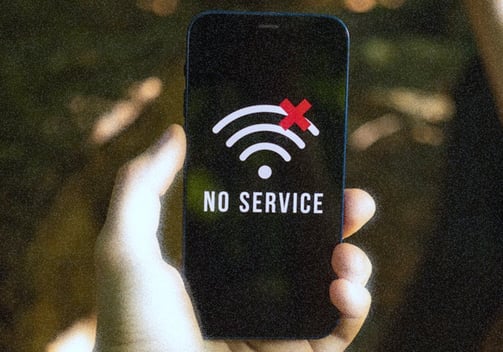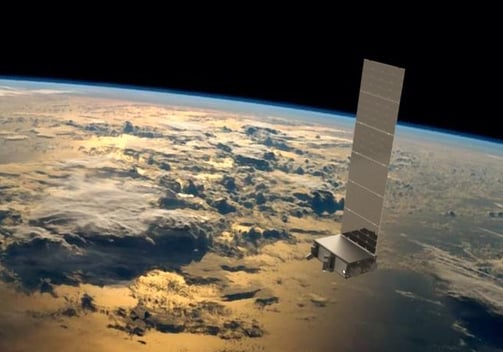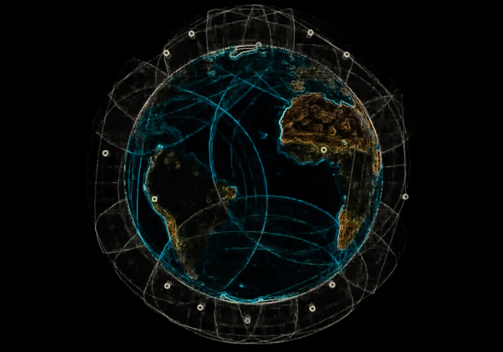NETWORK
Real-time access to space infrastructure


Imagine if your smartphone could only access the internet for a few minutes a few times per day. Only during these brief windows, can you send messages, read emails, check social media, and browse the web.
Almost all satellites suffer from this constraint; operators can only communicate with them for a few minutes when they happen to pass over their ground station antennas. The other 99% of the time, the satellite is unreachable.
LFI believes that the ubiquitous removal of this barrier, enabling operators to access their satellites and data on demand, would accelerate the growth and influence of the space industry in compelling ways. From how we manage our day-to-day lives to how we manage our civilisations, the environment, and their inter-relations.


To make this possible, a network of data-relay satellites is needed in orbit. Until recently, the size and number of satellites required rendered such a backbone infrastructure economically unfeasible. But the advent of laser over radio communications is now making this step a very real near-term possibility.
LFI is championing and advancing the establishment of such an asset for all to use and is working with key players to make it happen. Technology demonstration missions are scheduled through to 2024, with the first pilot demonstration mission expected in 2025.


Latency-sensitive markets immediately addressable include financial transactions, telecoms, weather forecasting, disaster management, precision agriculture, and real-time low-res surveillance, etc.
Operators managing missions like constellation management, Earth observation, logistics, and satellite maintenance, etc., will benefit from on-demand uplink.
Emerging markets enabled by this capability encompass IoT (urban/remote), real-time satellite and environmental monitoring, compliance checks, and remote machine operations, etc.


Earth orbit connectivity is step one. Beyond this, LFI plans to revolutionize deep space activities by expanding a laser-based data relay network throughout the Solar System. This network infrastructure will address major cost drivers for deep-space activities: communication, navigation, and timekeeping, thereby boosting the viability of deep space ventures.
Aligning with deep-space mission timescales, LFI is developing long-life, self-healing hardware and software systems, enabling spacecraft to operate for centuries. These systems could extend a spacecraft's lifespan reducing infrastructure churn, further making deep space exploration more efficient and sustainable.
